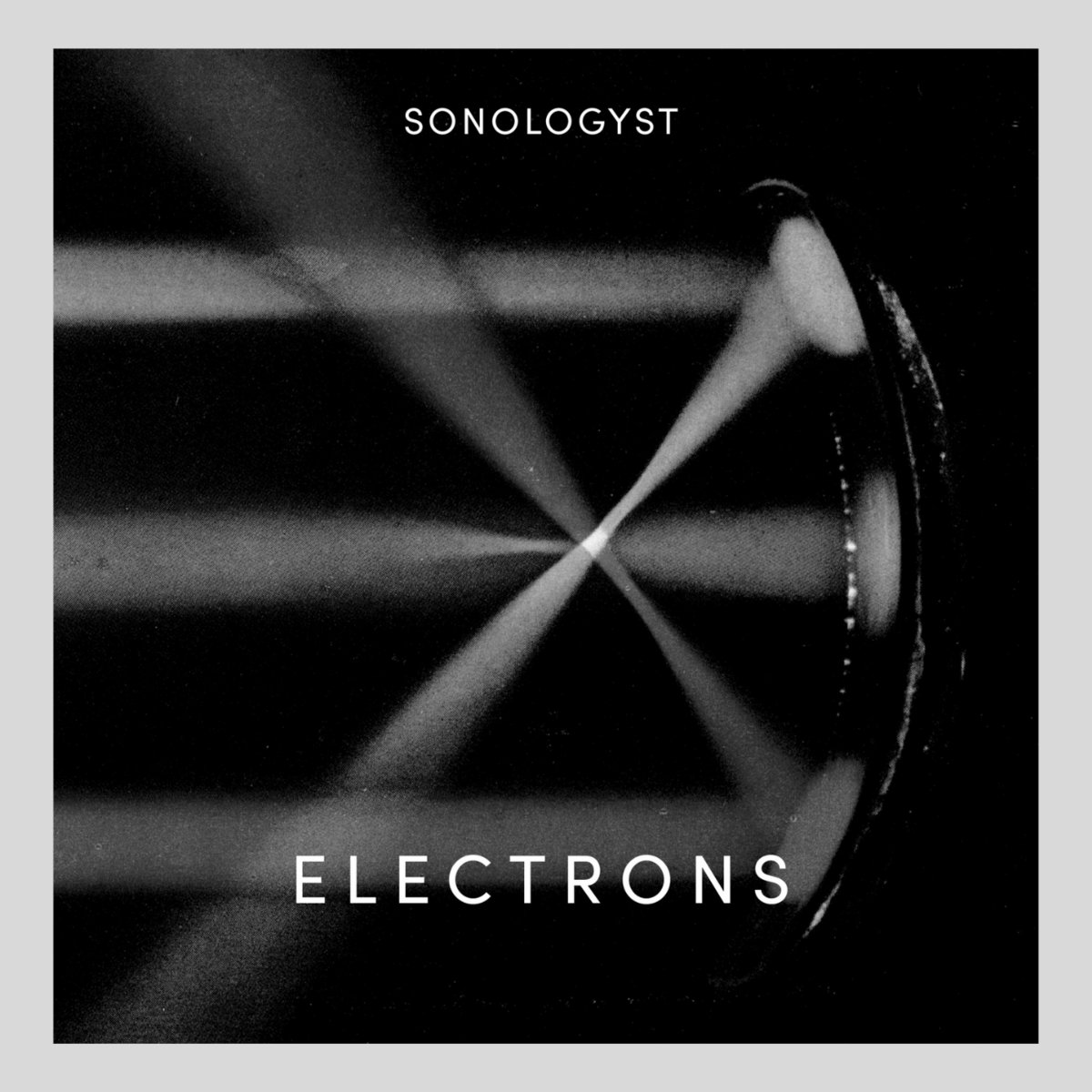
 |
|
 |
Format: CD Label & Cat.Number: Unexplained Sounds Group - USG077 Release Year: 2022 Note: "At the moment the question remains: do electron exist or not?" - 'an album fully dedicated to, and inspired by quantum mechanics and particle physics - based on pure analogue synths, 10 tracks with titles such as "Scalar Higgs Field" or "Internal Spin" emerge, very pure, calm, dense and droning, with occasional strange transformatios, think of DAVID LEE MYERS, TIETCHENS, etc...- 200 cpoies digipak
Price (incl. 19% VAT): €13.00 More Info"When I thought to release a CD edition of Electrons previously only digitally released in 2016, I came back to that world of experiments with electronics that I'd been doing six years before. It was like listening to the music of a stranger, not to mention the fact that to create the unreleased track “LHC” I was missing the equipment of analogue synthesizers that I used at the time of the original work. This became a stimulating challenge, a voyage into memories of so many nights spent working on knobs and patches, immersed in the fascination of the quantum physics theory. And rather than a testament of a past music path I was following, it was soon revealed to be an impulse for more experiments to come. This publication is this work, and it comes in the 10th anniversary of the Sonologyst project. I dedicate it to all the followers who supported the project along the decade." [Raffaele Pezzella]released January 19, 2023 ##################### "As the theory of the atom, quantum mechanics is perhaps the most successful theory in the history of science. It enables physicists, chemists, and technicians to calculate and predict the outcome of a vast number of experiments and to create new and advanced technology based on the insight into the behaviour of atomic objects. But it is also a theory that challenges our imagination. It seems to violate some fundamental principles of classical physics, principles that eventually have become a part of western common sense since the rise of the modern worldview in the Renaissance. The aim of any metaphysical interpretation of quantum mechanics is to account for these violations. In this theory, the electron had maintained some measure of identity as an independent physical system. Even this was lost as the electron continued to mutate into forms ever more remote from Thomson’s corpuscles. In the 1967-68 Glashow-Salam-Weinberg theory of electroweak interactions, the electron is an even stranger beast: it has massless left-handed and right-handed parts that unite to form a massive particle through interactions with a scalar Higgs field. Finally, in the current Standard Model of fundamental interactions, the electron is a member of the first of three generations of similar leptonic particles that are related in a non-trivial way to three generations of hadronic quarks. With its public person displaying more aliases than a master confidence trickster, we may well doubt that we have or ever will unmask the identity of the real electron in our theorizing. Do we not learn the lesson of history if we cease to take our theories of the electron as credible reports of physical reality? Such concerns have long been a subject of analysis in philosophy of science. They have been given precise form in the “pessimistic meta-induction”: Every theory we can name in the history of science is, in retrospect, erroneous in some respect. At the moment the question remains: do electron exist or not?" [Excerpt from "What Should Philosophers of Science Learn From the History of the Electron?". Jonathan Bain and John D. Norton. Department of History and Philosophy of Science University of Pittsburgh.] |
| © 2007 Drone Records | | Celler Strasse 33, 28205 Bremen, Germany | Privacy and cookies policy | Impressum / Allgemeine Geschaftsbedingungen / Haftungsausschluss | Links to the scene |